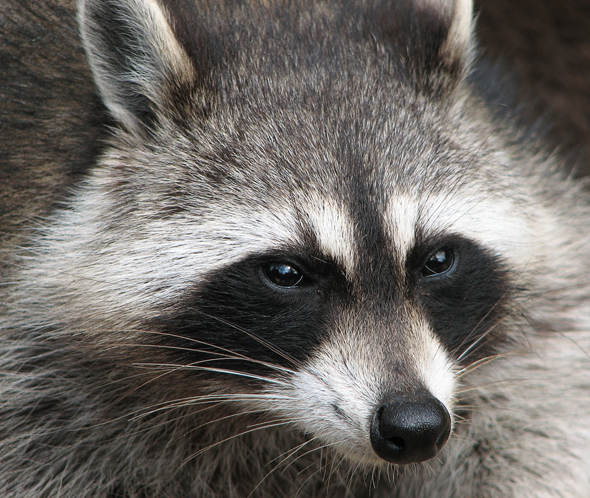Wildlife Services’ killing campaigns are not only brutal, costly, and ineffective—they may actually contribute to an increase in the population of the coyotes targeted by the agency.

In the second part of The Sacramento Bee’s three-part series investigating Wildlife Services, published Tuesday, reporter Tom Knudson sheds some light on the dubious rationale behind the agency’s methods. [I discussed the first installment in my previous post.]
“For decades,” writes Knudson, “Wildlife Services, part of the U.S. Department of Agriculture, has specialized in trapping, poisoning and shooting predators in large numbers, largely to protect livestock and, more recently, big game.”
“Now such killing is coming under fire from scientists, former employees and others who say it often doesn’t work and can set off a chain reaction of unintended, often negative consequences.” [1]
(Many readers will recall that I made a similar argument in my February 2011 letter to the U.S. Fish and Wildlife Service—no “relation” to Wildlife Services, though they seem to share the same penchant for lethal control methods and secrecy—regarding their ill-conceived Florida Keys National Wildlife Refuges Complex Integrated Predator Management Plan.)
“With rifles, snares and aerial gunning,” writes Knudson, “employees have killed 967 coyotes and 45 mountain lions at a cost of about $550,000. But like a mirage, the dream of protecting deer by killing predators has not materialized.” [1]
This despite a significant increase in the killing. Read more

